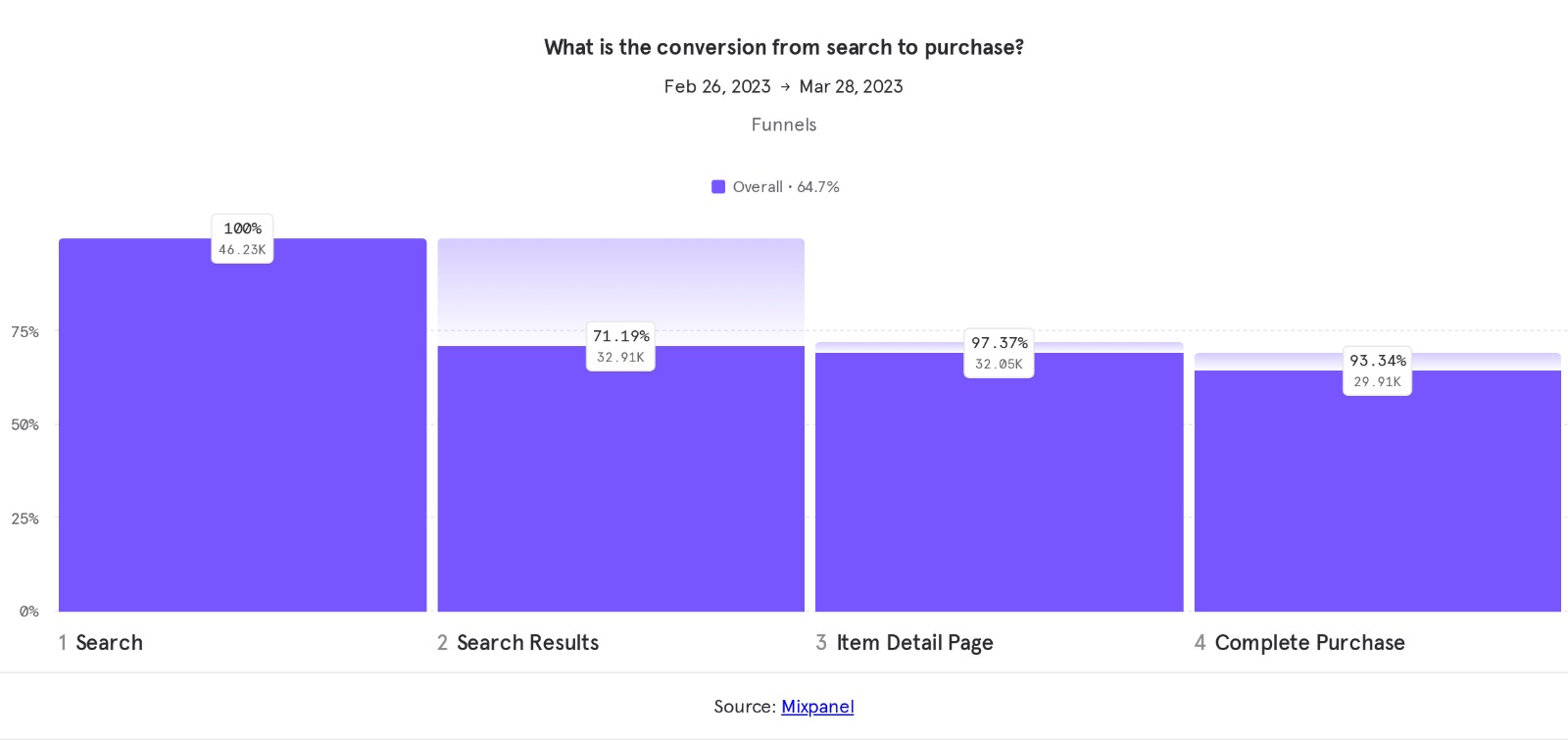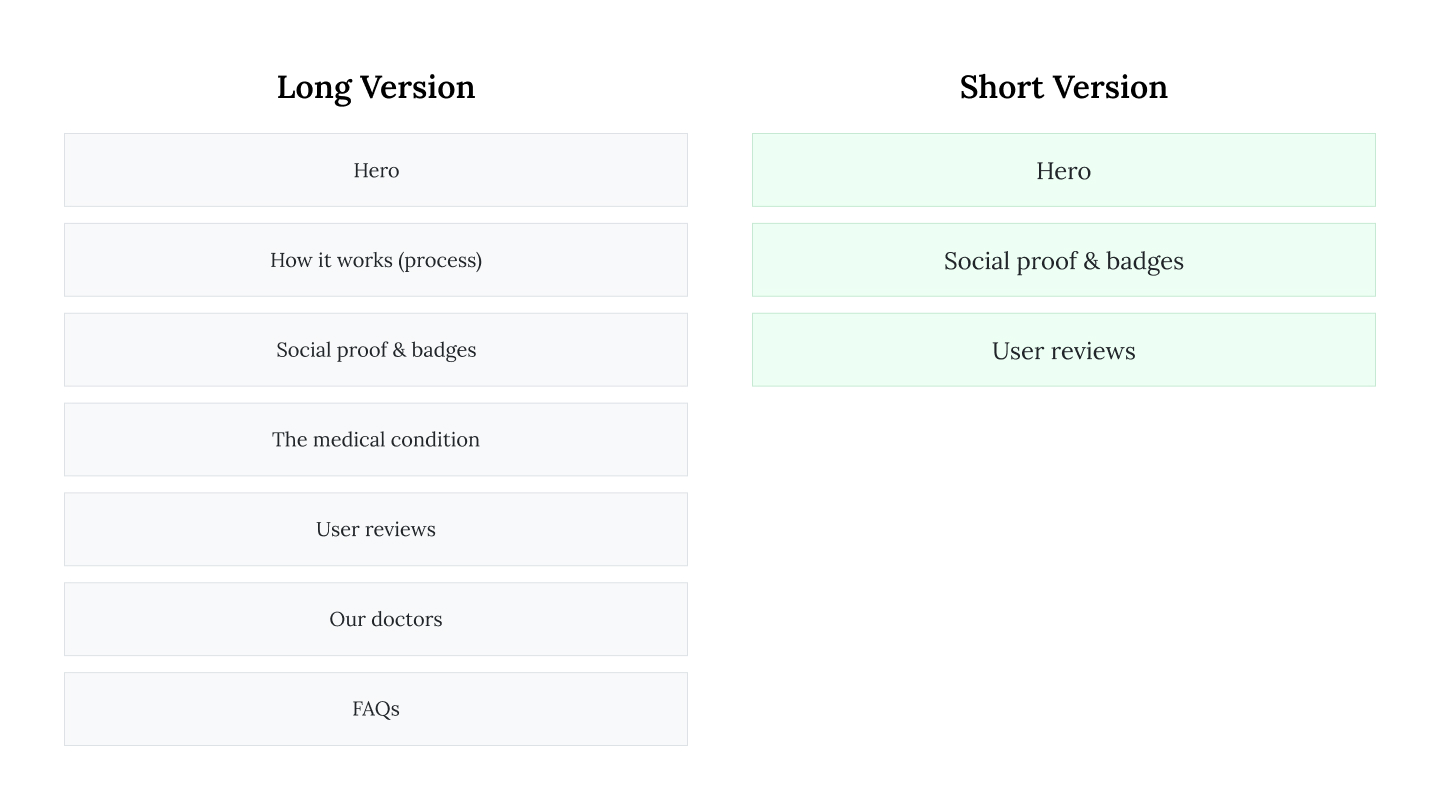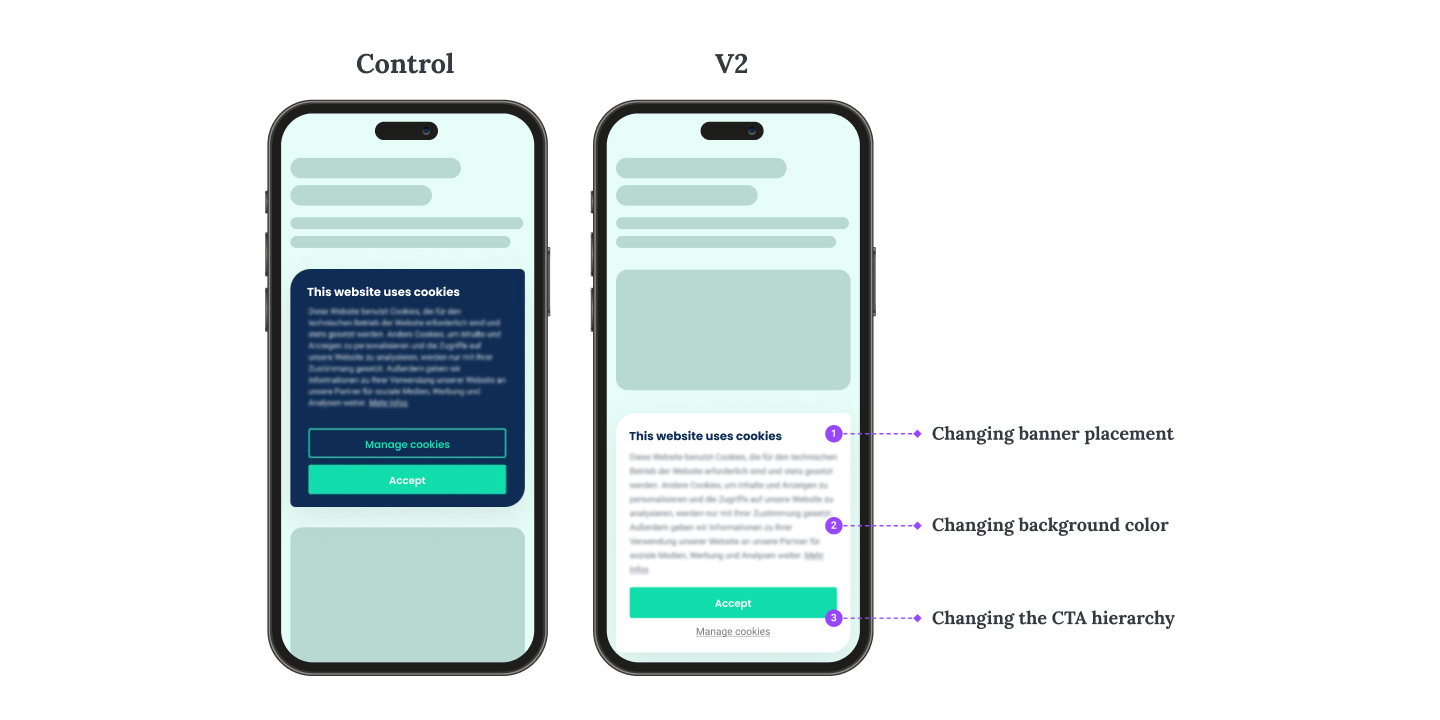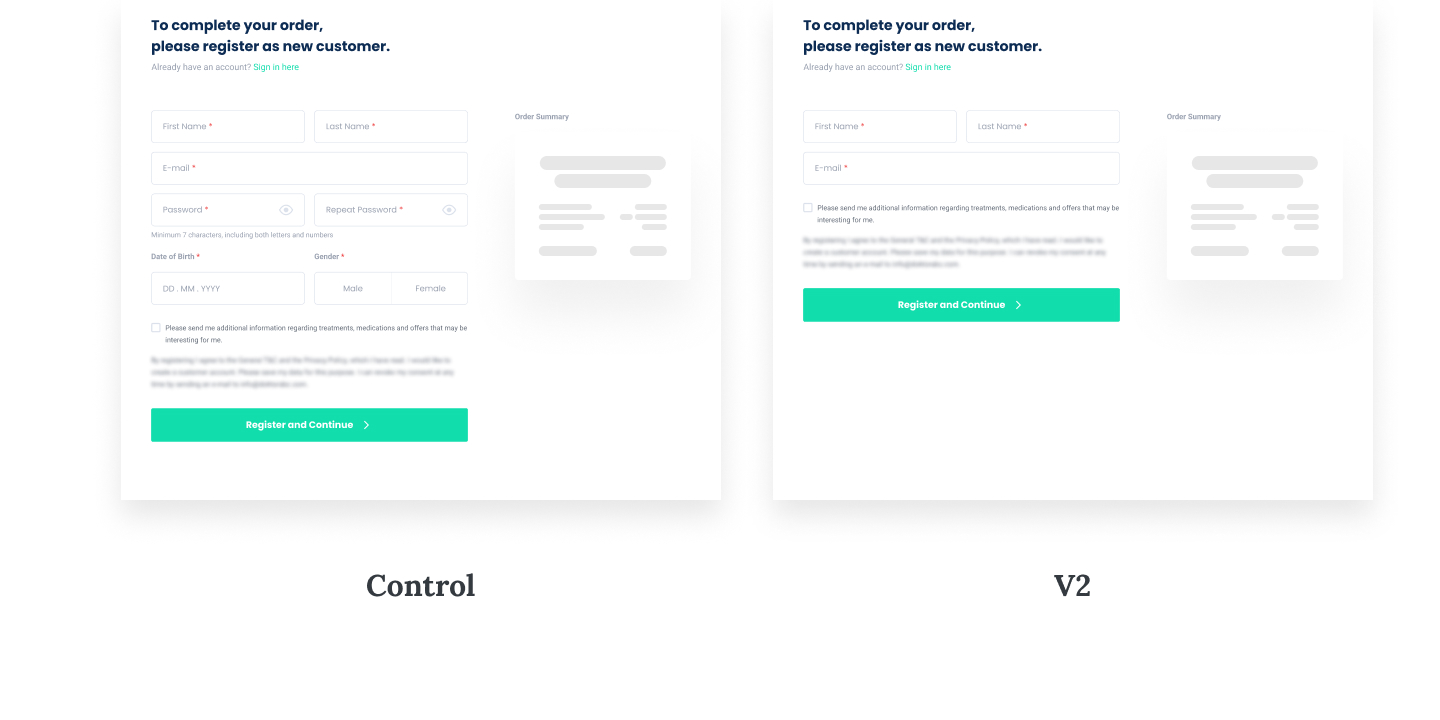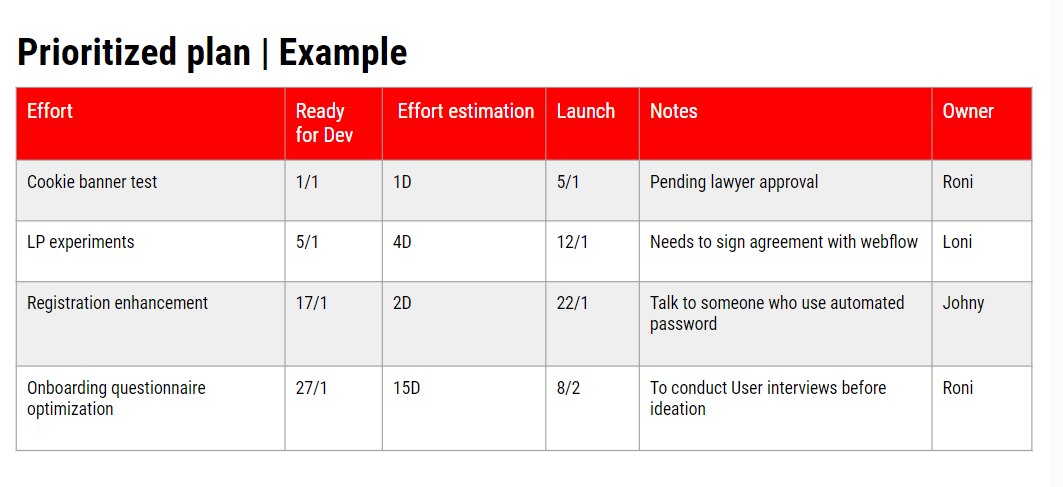Cracking The Funnel and Improving Conversion: Practical Guide (Part 1)

Israel Ben Baruch
2023-05-15
•
8 min read
At the heart of almost any digital experience stands the product funnel. This is the route that the user follows from the second they land on the website or app and until they perform the golden action - purchase, registration, providing details, or any other defined goal.
The goal is clear: Leading as many users as possible that have started a process into completing it. Or in other words: Achieving a high as possible conversion rate.
In a perfect world, the funnel serves several goals: It reflects the value of the product or service, creates trust, and is easy to understand and use. This sounds trivial, but the reality is far from it - almost every funnel is condemned to an eternal improvement quest.
In start-ups, and even in more mature companies, there is a tendency to create an initial funnel, let it run its course, and hurry on to the next goal. However, for those seeking the profit line here and now, and that means everyone, the funnel conceals more often than not significant opportunities alongside quick gains.
This guide offers a methodical toolbox for cracking the funnel. It evolved from the hardships of product managers, the agonies of marketing managers and countless A/B tests. I saw this process triumph time after time - and hopefully it will boost your metrics as well.
- The Starting Point: Defining the Metric for Improvement
As with any optimization process, cracking the funnel begins with defining a clear objective: What is the specific metric chosen for improvement? It could be a general metric such as the funnel's conversion rate, but in many cases it would be wiser to narrow the goal to different audiences, various marketing channels, or specific stages. For example: Improving the conversion rate of new users, returning users, or users from a certain marketing channel.
2 quick tips:
- Be specific - try narrowing down as much as possible the metric for improvement. Identify the user (new/returning), where they are arriving from (Google/Facebook/Native) and what their buyer's intent is - i.e. how willing they are to perform the golden action.
- Make sure that everyone is on the same page- the funnel is a centerpiece that involves a myriad of elements such as marketing, product, R&D, customer service, and the CEO, who always has another idea on how to improve things up their sleeve. You must ensure from the get-go that nothing has been misunderstood or missed. Take special care to send an organized summary, emphasizing the chosen metric and confirming that there are no further questions before moving on.
A learning tale: I was handling a funnel that ends with the purchase of a prescription medicine. The objective was to improve the conversion rate among new users arriving via Google advertising. Seemingly a clientele that would be categorized as high intent users, ready and willing to make a purchase.
But there was a catch: These users were completely new to their medical condition, and had never used the medicine before. We debated whether to present them with a short and functional experience that suited Google traffic, or to choose a broader version. We decided to go with the extended version. The working assumption: In order to improve the conversion rate, it is important to increase the level of trust by adding medical information about the medicine and the service. We created a long and rich landing page, packed with great information and trust creating anchors.
The feedback came back quickly - the new page was failing big time. After wiping away our tears, and after a few hours of work, we reduced a 7-component page into a short landing experience with 3 components: 1. The main value of the product 2. Social props with information on using the product 3. User reviews (see chart).
The results turned around within a day. And we learned that despite it being a new medical treatment, the users arrived from Google already prepared, and wanted a clear and short path, instead of elaborate explanations.
- Scalpel, Please - Analyzing The Funnel
We're arriving at money time. This is the place and time to understand what is happening at each stage. How many begin it. How many complete it. Where is the leak in the pipeline, the hole in bucket, the crack in the wall... you get the idea.
In general, we are interested in the transfer rate from one stage to another and in the funnel's conversion rate.
Use whatever tool you work with as a scalpel: Mixpanel, Google Analytics, Amplitude, etc. This is always a good opportunity to do some spring cleaning, shake off the dust from events, and verify that data is flowing through the pipelines. Be ready: Whatever you discover is usually on a scale from “unpleasant” up to “I feel like jumping off the roof”.
2 quick tips:
- Dig deep - “The transfer rate from one stage to another is only the top tier, and there are always those who stop there,” says Alon Binman data architect at Mixpanel. “In order to better understand the leak, it is important to observe different periods of time, different days, in order to understand if this is indeed a consistent drop. Observe possible connections to world events, bugs, various cohorts, the user type, and the channel they arrive from.”
- For example: Coupon distribution that boosts sales for a few days, a holiday or news story that create a pivotal change in user behavior and disrupt averages of a longer period.
- Try out the funnel obsessively - go over each and every part of the funnel personally from beginning to end. Again and again, and then once again. Connect the data to the experience itself. Put yourself in the user's shoes. It's amazing how each round can conjure a new insight.The example below is very basic, but it keeps showing up. It is also an opportunity for rapid optimization. I arrived at a company and identified that there was a consistently low conversion rate from the landing pages to the next stage. There was considerable room for improvement in the landing pages themselves, but something else wasn't adding up. After a series of attempts to traverse the funnel on the mobile platform, which centered most of the traffic, I noticed something strange in the cookie banner that I had previously ignored.
The banner covered the page header and prevented users from seeing the service value. Apart from that, there was no hierarchy between the main action we wanted the user to perform (full confirmation) and the secondary action. A quick rummage in the funnel exposed the size of the leak: 25-40% of the traffic simply stopped at the banner and did not proceed. A quick procedure to move the banner to the bottom of the page, change the hierarchy, and change the color, improved the stats by 25% and took no more than two hours (see figure).
- Evaluating Value - Identifying and Prioritizing Opportunities
After digging into the data, opportunities present themselves. At this stage I ask 3 questions that help me evaluate and compare them: - How big is the leak? What percentage is lost at each stage? Is it a steep drop compared to market norms or our historical data?
- How big is the opportunity? Each stage means something beyond the conversion rate. For example: A steep drop in the initial stage of the landing page suggests an opportunity to expand the funnel considerably and introduce more users to the process. On the other hand, a drop in an advanced stage is another kind of opportunity. At this point the user has already been active and is invested in the process. They chose to proceed, carried out actions, provided details. In this case, their inhibitions should be lower and a big drop can be an even bigger opportunity.One of my favorite examples is a 50% drop that I identified in the registration stage. What caught my attention was the amount of time invested by users that left later on. They passed the landing page. They answered a medical survey with 16 questions and continued to choose a medicine and a dosage. The data simply didn't add up with their level of commitment to the process. On the registration screen, I discovered two questions that I singled out as an opportunity: Gender and date of birth. My hypothesis was that if we transferred those two back into the medical survey, they would be accepted as a natural part of it, and this would relieve some pressure from the registration stage. Additionally, I replaced the manual password creation with an automated password. The result: A 19% improvement in registration without affecting other stages (see figure).
- How much will the fix cost? How many resources will we need to invest in order to improve the results. General rule of
thumb: As we further explore into the funnel, going from landing pages to core experiences such as the product selection interface, the costs will be higher.
2 quick tips:
- Understand the scope of the improvement - if the landing page is changed, this will probably affect only a limited sector, whereas changing the website registration stage will influence all of the new users - and the general impact could be much greater.
- Be prepared for failures - it is easy to promise wins, but every solution is merely a hypothesis. It is important to prepare for the possibility that the initial experience built will most likely fail, meaning additional development resources and additional time to assimilate and test any insights that might emerge later on.
- One, Two, Three - Action Plan
Now is the time to assemble all of the elements together into a prioritized and sensible action plan. I recommend a 3 to 5 stage plan that can be carried out over the course of a quarter.
At this stage, it would be advisable to gather all interested parties, present the findings and the plan, collect final feedback, and after receiving approval or making changes as needed, it is possible to proceed to the next stage.
2 tips:
- Start with quick wins - I like starting with quick wins - i.e. the smallest possible efforts that can deliver significant outcomes - for the following reasons:
- Producing fast results
- Establishing trust in your ability to make a swift, and ideally, successful move
- Proceeding quickly to the next stage, regardless of success or failure
- Don't surprise your partners - it is highly recommended that your close partners in the process - marketing, R&D, BI, etc. - do not encounter the findings and the plan for the first time in a meeting. The idea is to have talks with them, consult them, communicate with them, and harness their support along the way.
The next part of the guide - Analysis of Speeds - A methodology for creating insights that will help you beat the funnel
Our Newsletter
Subscribe to our newsletter and get notified on our latest content and events
Want to take part in knowledge sharing?
We would love to hear from you if you are interested in joining our mission to enrich the ecosystem with knowledge and insights, if you have questions, if there is something you think everyone should know, let us know!
Our Newsletter
Subscribe to our newsletter and get notified on our latest content and events
Want to take part in knowledge sharing?
We would love to hear from you if you are interested in joining our mission to enrich the ecosystem with knowledge and insights, if there is something you think everyone should know, let us know!
